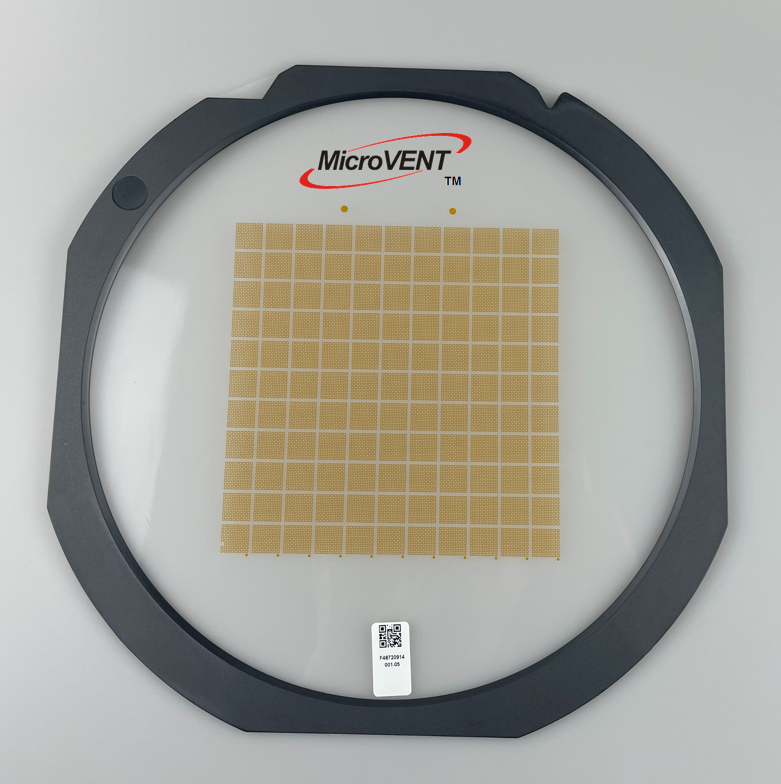Exceptional Durability and Environmental Resilience
The MEMS acoustic membrane exhibits outstanding durability and environmental resilience that ensures reliable performance across challenging operating conditions and extended service life. This exceptional robustness stems from the membrane's solid-state construction, advanced materials selection, and precision manufacturing processes that eliminate common failure modes associated with traditional acoustic components. The environmental resilience of the MEMS acoustic membrane enables operation in extreme temperatures, high humidity, corrosive atmospheres, and vibration-prone environments where conventional microphones and speakers would fail or degrade rapidly. Industrial applications benefit tremendously from this durability, as the membrane maintains consistent acoustic performance in manufacturing facilities, chemical plants, offshore platforms, and mining operations where harsh conditions are standard. The MEMS acoustic membrane's resistance to mechanical shock and vibration makes it ideal for automotive applications, aerospace systems, and mobile devices that experience constant movement and impact forces during normal operation. This durability translates to reduced maintenance requirements and lower total cost of ownership for equipment manufacturers and end users who depend on reliable acoustic sensing and reproduction capabilities. The membrane's chemical resistance allows deployment in environments with airborne contaminants, salt spray, and industrial chemicals that would corrode or damage traditional acoustic components over time. Long-term stability testing demonstrates that the MEMS acoustic membrane maintains its acoustic properties and sensitivity throughout thousands of operational cycles without degradation, ensuring consistent performance throughout the device's intended lifespan. The hermetic sealing capabilities of the MEMS acoustic membrane protect internal components from moisture ingress and particle contamination, making it suitable for outdoor installations and harsh industrial environments. Temperature cycling tests confirm that the membrane maintains its acoustic characteristics across wide temperature ranges, from arctic conditions to high-temperature industrial processes, without performance drift or mechanical failure. The radiation resistance of the MEMS acoustic membrane enables deployment in nuclear facilities, space applications, and medical imaging equipment where exposure to ionizing radiation would affect conventional electronic components. Military and defense applications leverage this environmental resilience for communication equipment, surveillance systems, and weapons platforms that must operate reliably under extreme conditions and hostile environments. The membrane's resistance to electromagnetic interference ensures consistent operation in electrically noisy environments, maintaining signal integrity in power plants, broadcasting facilities, and industrial installations with high electromagnetic field strengths.


